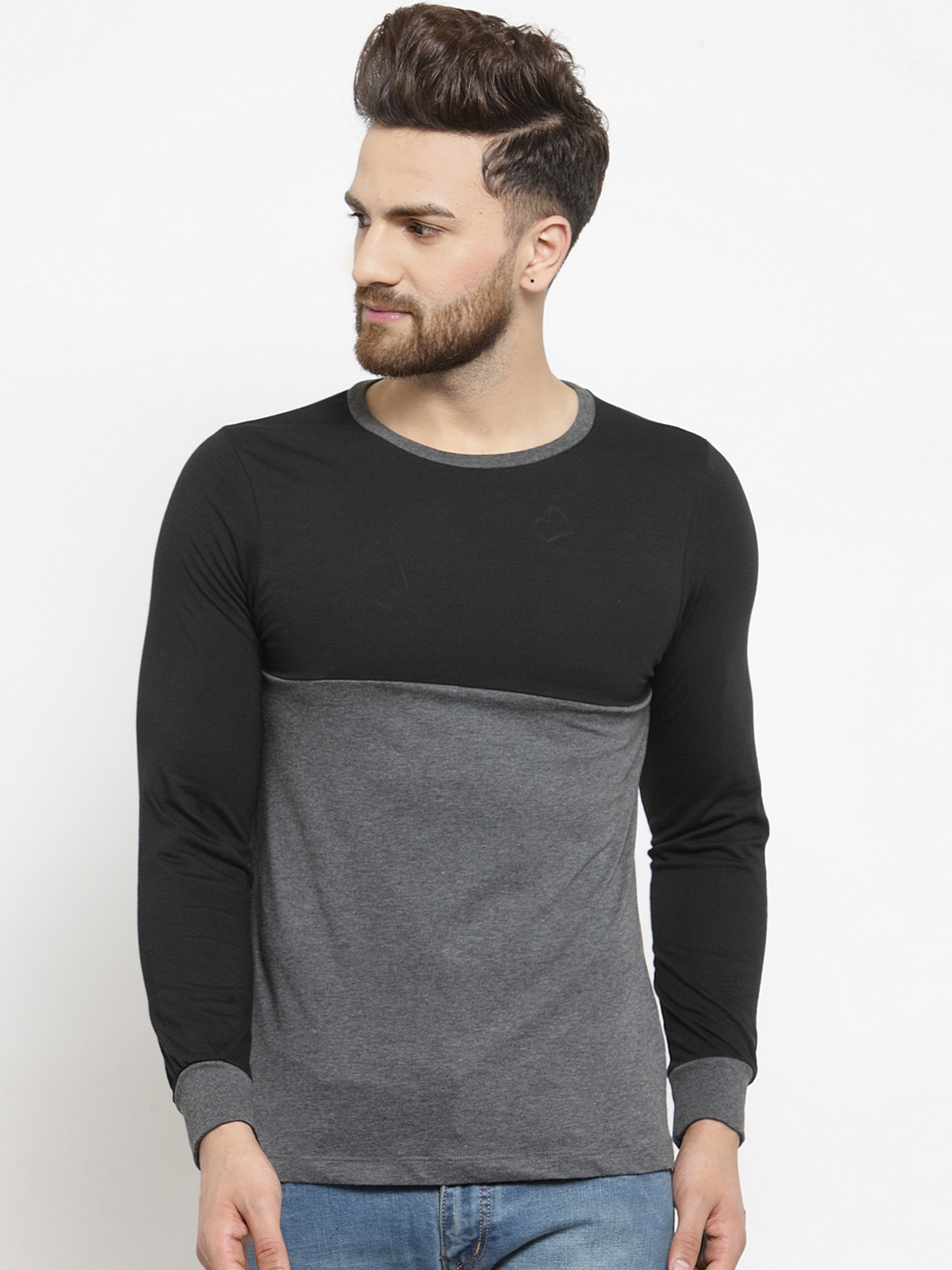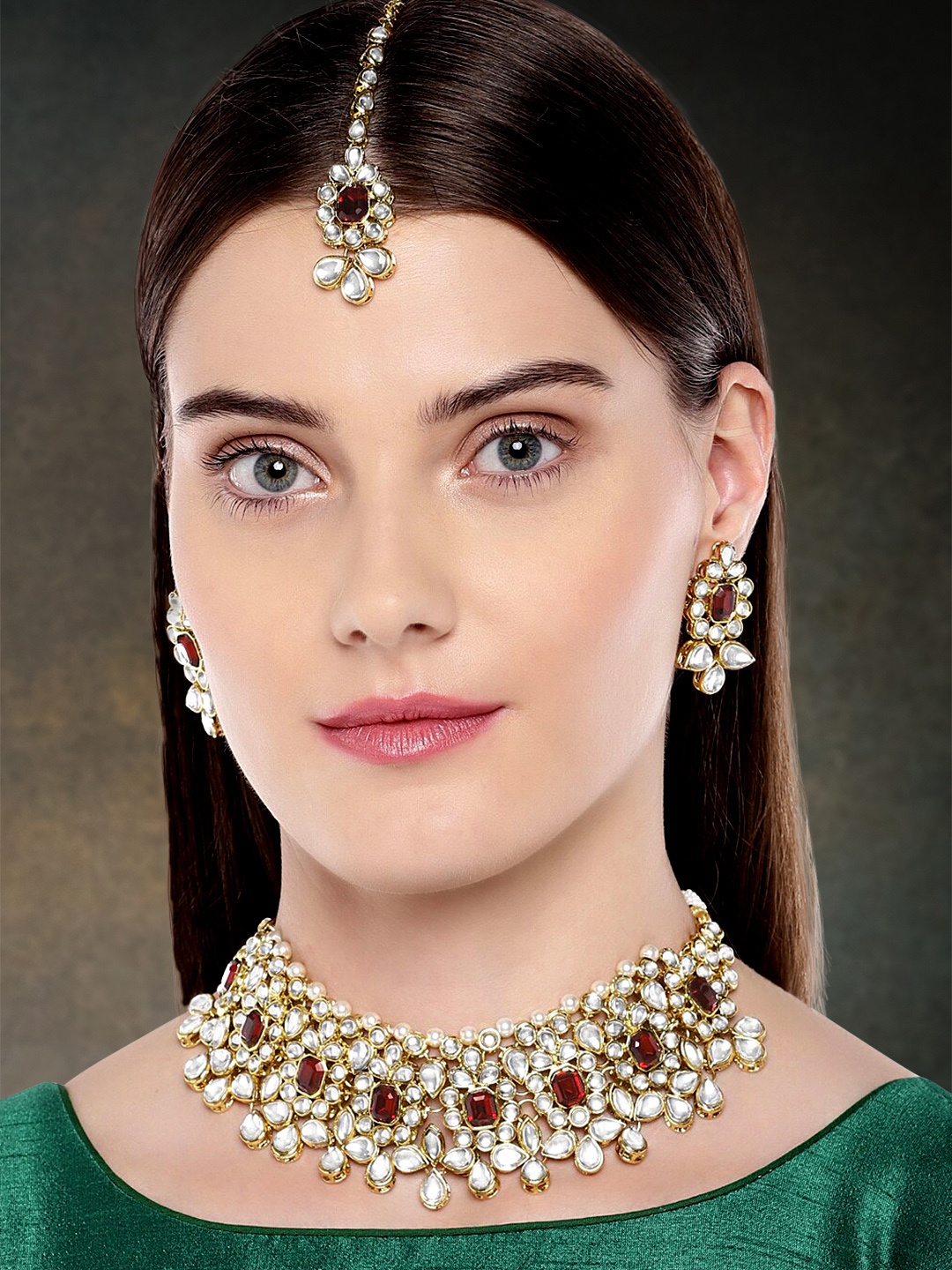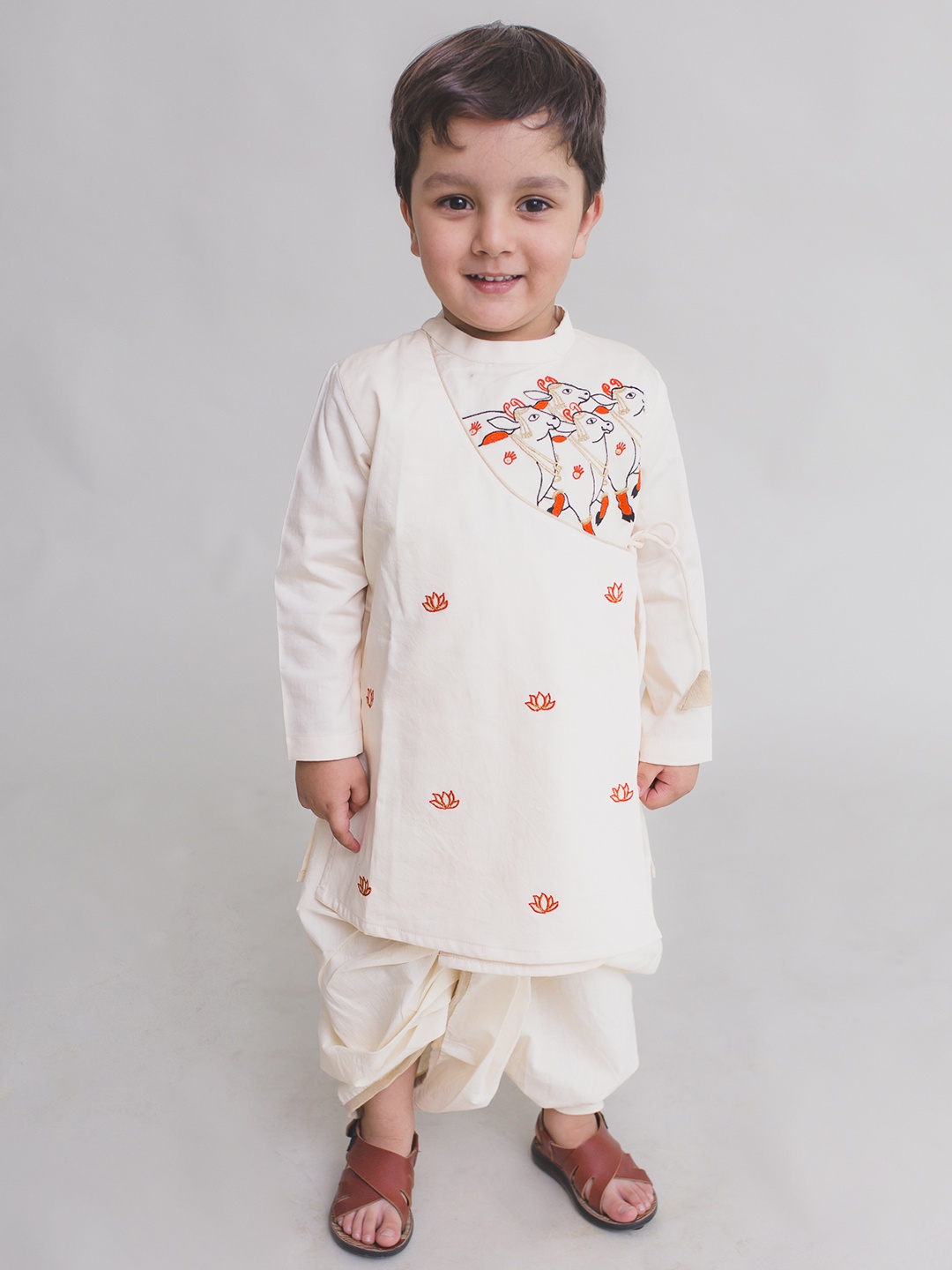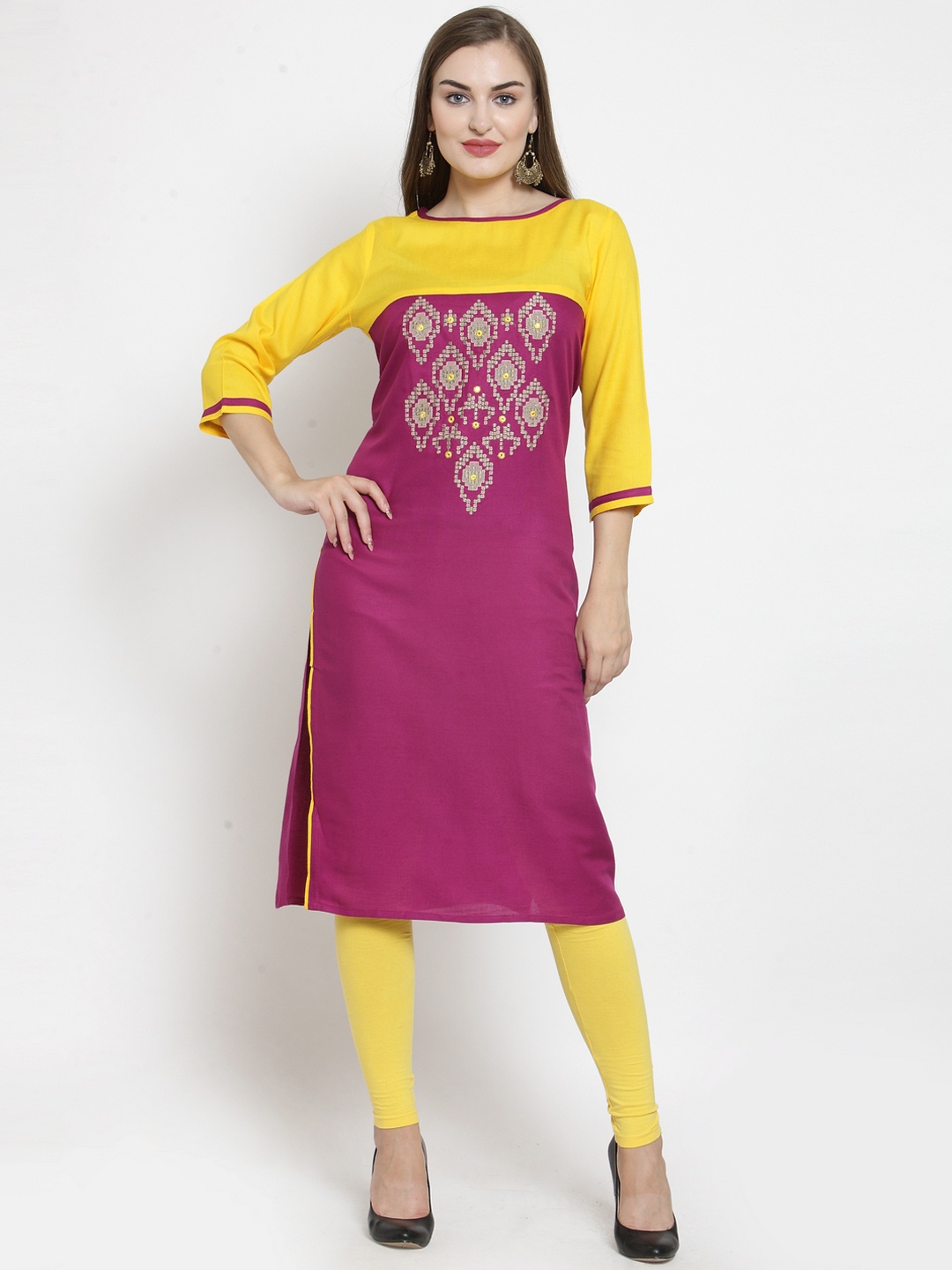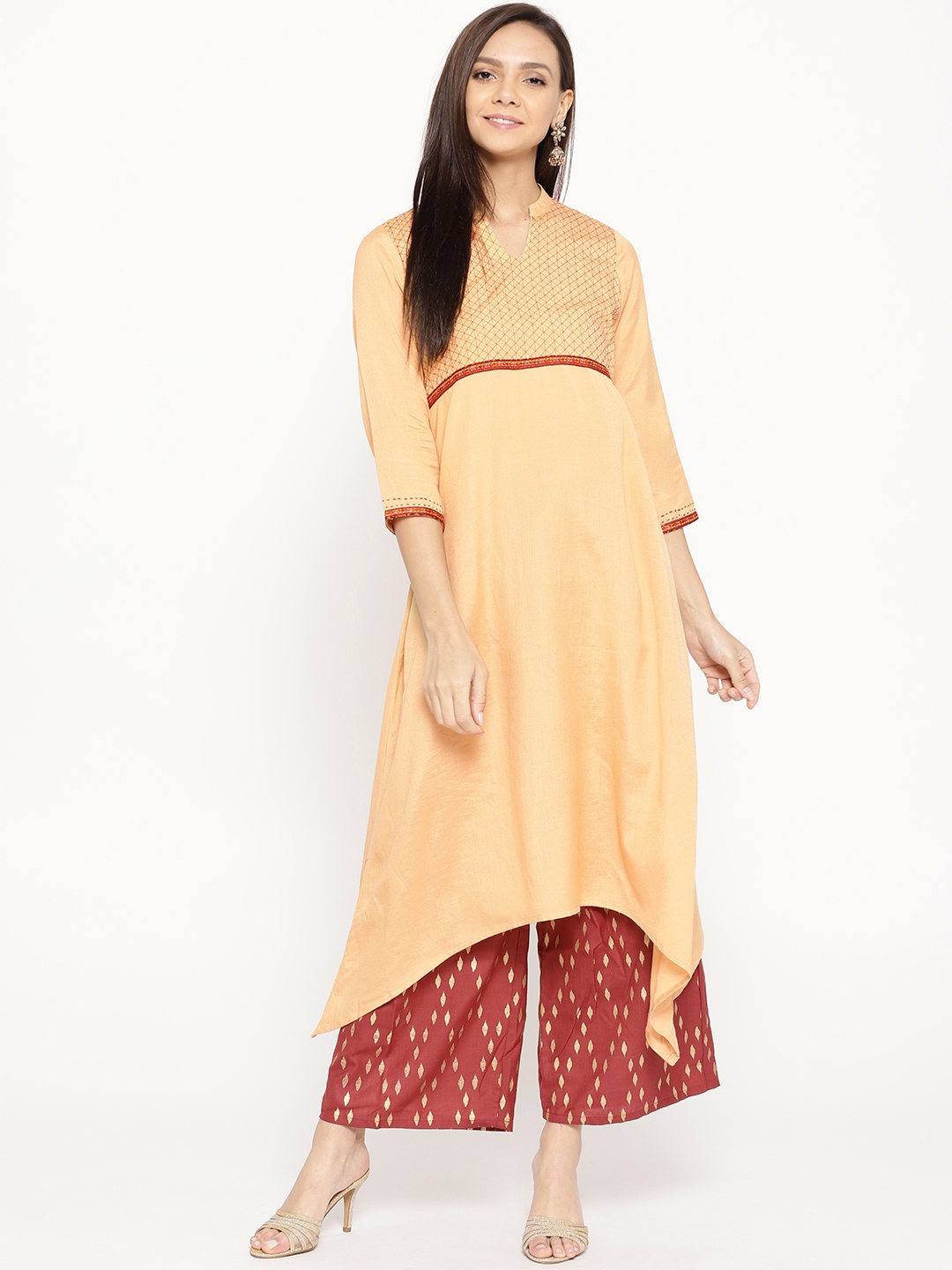Jeans vs. Trousers: How To Choose The Right Belt Width To Match Your Style
A belt might seem like the most ordinary piece in your wardrobe, but the wrong width can make the sharpest trousers or favourite jeans look awkward. Here is how to choose the right belt width to nail your look and put an end to the jeans vs. trousers question.

Jeans vs. Trousers: How To Choose The Right Belt Width To Complete Your Outfit.
Some people choose belts the way they choose snacks at a petrol pump, quickly, with no thought, and often regrettably. Yet, a belt isn't just a tool to keep trousers from sliding south. It's a small but mighty style detail that can tie an outfit together, or quietly sabotage it.
When it comes to pairing belts with jeans versus trousers, width is everything. Too wide, and you risk looking like you've borrowed one from a wrestler's costume. Too narrow, and the proportions feel oddly off, as if the belt is whispering instead of speaking up.
Whether heading to an important meeting, a wedding sangeet, or a casual movie night, the right belt width can subtly elevate your look. Here is how to choose the right belt width to nail your look and put an end to the jeans vs. trousers question. This guide will ensure you match jeans and trousers with the belt they truly deserve.

Jeans vs. Trousers: How To Choose The Right Belt Width For A Balanced Look; Photo Credit: Pexels
1. Understanding the Role of Belt Width
A belt is like punctuation in a sentence, small, but it changes the meaning completely. Belt width plays two roles: practicality and style.
A wider belt tends to hold heavier fabrics in place, which is why jeans, with their sturdy denim, often call for broader bands. Trousers, on the other hand, are typically lighter and sleeker, needing slimmer belts that slide through narrower loops without looking clumsy.
Think of it like pairing footwear, just as sports shoes and formal leather shoes aren't interchangeable, belt widths work in a similar way. Jeans usually suit belts in the range of 1.5 inches (around 3.8 cm), while trousers prefer 1.25 inches (around 3.2 cm).
This small difference makes a big visual impact. It's not just about fitting loops; it's about fitting the occasion and the mood. A well-chosen width adds proportion to your frame and harmony to your outfit.
2. Belts for Jeans, Broad, Bold And Relaxed
Jeans are the street-food equivalent of clothing, casual, versatile, and universally loved. They work with chunky leather belts that match their rugged texture.
A belt around 1.5 inches wide balances denim's weight and gives the outfit a grounded look. Imagine a crisp white shirt tucked into deep blue jeans, finished with a brown leather belt and loafers, instantly casual yet pulled together.
Avoid belts that are too slim with jeans. They can look lost, almost like spaghetti in a kadhai meant for biryani. Too wide, and it starts to feel costume-like.
Material matters too. Full-grain leather or distressed finishes complement denim's laid-back character, while bold buckles can add a playful twist for weekend outings. For day-to-day wear, opt for simpler, understated buckles to avoid distracting from the overall look.
3. Belts for Trousers, Sleek and Subtle
Trousers have an inbuilt elegance, whether they're part of a formal suit or semi-formal chinos. They deserve belts that enhance their refined lines rather than overpower them.
Slimmer belts, about 1.25 inches wide, slide neatly into narrow loops and keep the look polished. Pairing a formal black trouser with a broad, rugged belt is like wearing kolhapuri chappals with a tuxedo, interesting, but not in a good way.
Stick to smooth, high-quality leather in muted shades like black, deep brown, or tan. These allow the trousers to remain the star while the belt quietly plays its supporting role. Buckles should be minimal, silver or brass with a simple frame.
When done right, the belt blends so seamlessly into the look that no one notices it, and that's exactly the point. It's there to serve, not to steal the spotlight.
Also Read: Top 5 Wallet and Belt Combo Under ₹500, From Hornbull To Urban Forest, On Flipkart Sale
4. Matching Belt Width to Occasion
Clothes speak a language. A belt that's perfect for a weekend chai meet-up may not fit the bill for a client presentation.
Casual occasions, picnics, shopping trips, family lunches, are where jeans and wider belts thrive. You can experiment with colours, textures, and even patterned straps. These settings allow a little personality to shine.
For formal occasions, weddings, board meetings, award ceremonies, stick to trousers and slimmer belts. The understated width signals refinement. Even in celebrations where sequins and sherwanis are swirling around, the right belt width can quietly anchor your style.
In between, for semi-formal events like office parties or dinner dates, chinos with a medium-width belt offer a balanced look. The idea is to let the occasion guide the proportions.
5. Loop Size Dictates Belt Width
Sometimes, the choice is made for you before you even start, by the belt loops.
Jeans usually have larger loops, inviting a broader belt to fill the space neatly. A thin belt in a wide loop leaves awkward gaps and can make the waistband bunch up.
Trousers, in contrast, have smaller loops that can barely accommodate a wide belt without looking strained. Forcing one through is like trying to push a paratha into a toast slot, it's just not built for it.
Before shopping for a belt, check your loops. If they're broad, look for a belt that matches the space snugly. If narrow, choose one that slides through without friction. This not only looks right but also prevents wear and tear on the fabric.
6. Colour and Material, The Silent Partners
Width may be the main character in this story, but colour and material are the co-stars.
With jeans, belts can afford to be playful, canvas, braided leather, suede, or even woven fabrics in earthy tones. A 1.5-inch tan belt with a brass buckle against faded blue denim creates an instant vintage vibe.
Trousers need belts that whisper elegance, polished leather in black or dark brown, with subtle stitching. A slimmer width here ensures the material shines without drawing too much attention.
Matching your belt colour to your shoes creates harmony. Imagine a black leather belt with glossy black Oxfords, or a brown belt echoing the tone of tan brogues, it's these small connections that pull an outfit together effortlessly.

Jeans vs. Trousers: How To Choose The Right Belt Width For A Balanced Look; Photo Credit: Pexels
7. Body Type and Belt Width Balance
Your frame can also guide belt choice. Broader belts tend to suit taller or more solid builds as they create proportion with the body's scale. Narrower belts work better on slimmer frames, avoiding the risk of the belt looking oversized.
For jeans, if you're shorter, a belt on the slightly slimmer side of the casual range (say, 1.4 inches) can keep your frame from feeling visually cut in half. Taller frames can comfortably carry a 1.5 or even 1.75-inch width without losing balance.
For trousers, this balance becomes even more delicate. A belt that's too wide on a smaller frame can overwhelm, while a belt that's too thin on a broader frame can appear almost toy-like. Proportion is the quiet art of style.
8. Buckle Size and Shape Matters
Even the perfect belt width can falter with the wrong buckle.
For jeans, chunkier buckles, oval, square, or engraved, suit the laid-back vibe. They can carry quirky designs or vintage finishes without looking out of place.
Trousers, however, demand restraint. Small, rectangular frame buckles in polished metal work best. Oversized or flashy buckles can break the formal rhythm, like adding mirchi powder to a kheer.
The buckle should match the belt's width, too small and it feels undernourished; too big and it throws off the proportions. The rule is simple: the belt and buckle should look like they were made for each other, not like they met at the counter during a clearance sale.
9. Price vs. Quality, Invest Smartly
A belt is one of those accessories where quality truly pays off. A high-quality leather belt, if cared for, can last years, even decades, making it better value than replacing cheaper belts every few months.
In India, a good genuine leather belt can start around ₹1,200 and go up to ₹5,000 or more depending on brand and craftsmanship. While jeans belts can handle a bit more rugged wear, trousers belts need to maintain their sheen and structure.
Think of it like buying a cooking pot, you could get a cheap one that warps quickly, or invest in a solid one that becomes a kitchen staple. Your waist deserves the equivalent of the latter.
10. Care Tips for Lasting Belts
The right belt width is just the start, maintaining it ensures it stays in shape.
Store belts flat or hang them vertically to avoid unwanted bends. Keep them away from direct sunlight, which can fade colours and crack leather. If your belt gets wet in the rain, let it dry naturally, no hair dryers or heaters.
Condition leather belts with a quality leather cream every few months to prevent dryness. For fabric or woven belts, a gentle hand wash can revive them.
Rotate between belts rather than wearing the same one daily. This gives each belt time to breathe, much like resting a good pair of shoes. A well-cared-for belt not only lasts longer but also continues to hold its shape and width perfectly.
Products Related To This Article
1. Daller Men Formal Blue, Green Nylon Belt
2. purala Women Casual Multicolor Fabric Belt
3. Storeamore Men & Women Casual, Evening, Formal, Party Black Genuine Leather Belt
4. LOOPA Men Formal Tan Synthetic Belt
5. SYGA Women Formal Black Genuine Leather Belt
6. ZORO Women Casual, Party, Formal Black Canvas, Fabric Belt
7. Hapani Fashion Women Party Black, Gold Metal Belt
Choosing the right belt width isn't about following rigid rules but understanding proportions, materials, and the personality of your outfit. Jeans welcome wider, more casual belts; trousers embrace slimmer, refined ones. The loops, occasion, and even body type add their say to the decision.
When width, buckle, and material align, a belt quietly completes the look without begging for attention. It's a small detail, but one that can make the difference between nicely dressed and well-dressed. So the next time you reach for a belt, think of it not as a strap, but as the final stroke on your style canvas. Shop now on Flipkart.
Disclaimer: The images used in this article are for illustration purpose only. They may not be an exact representation of the products, categories and brands listed in this article.











